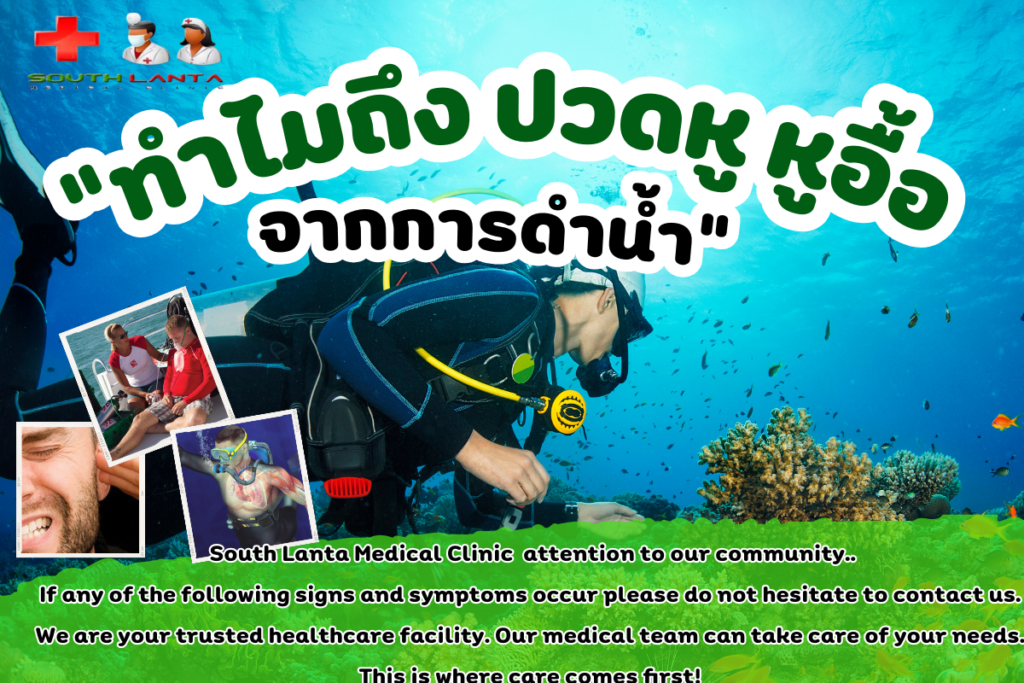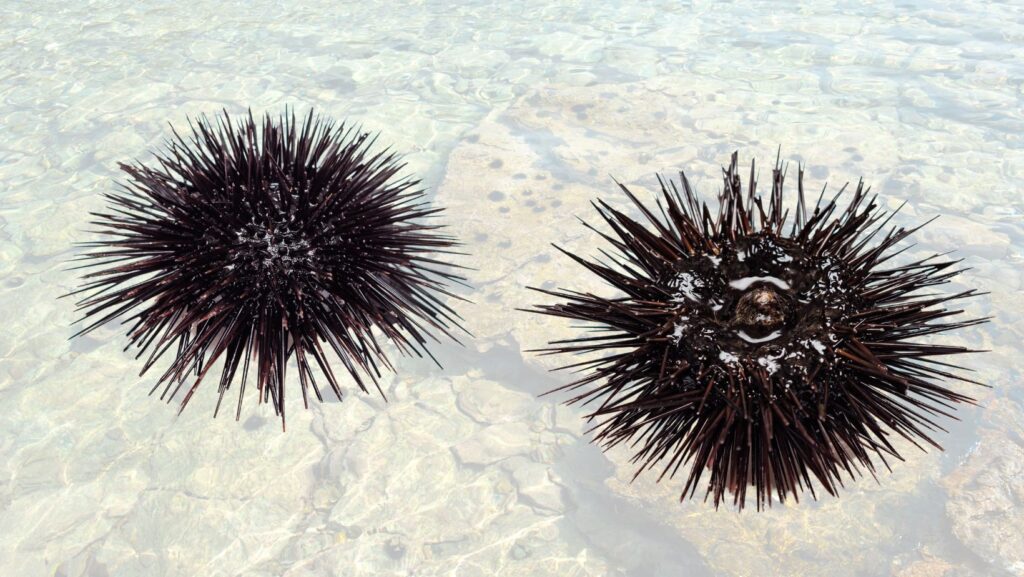
As you dive farther down, the environmental pressure increases dramatically. Submarines must be heavily pressurized to avoid being crushed as they plunge down beneath the surface. Your ears are comparable in that regard.
Normally, the pressure inside and outside of the ear is equal. Then everything is OK, and you probably won’t give it another consideration.
When you dive, water is on the outside of the ear and air is on the inside – specifically, the middle ear (the area behind the eardrum).
Your body has the ability to counterbalance this pressure, but the air pressure must first reach the inner surface of the eardrum. And that’s the task for
Anything that may affect the functionality of the eustachian tube will make ear pain more likely whilst scuba diving. Even the common cold can greatly affect the performance of the eustachian tube, along with other respiratory problems and chronic sinus conditions. Allergy suffers, including those with hay fever are at risk, too. So are smokers and other individuals with pre-existing conditions, such as nasal polyps or previous facial trauma.
Note: Prospective scuba divers who are suffering from a respiratory illness or significant nasal/sinus problems should be discouraged from diving by their instructor.
Ear pain through scuba diving is usually temporary, and will likely disappear on its own, usually within a few days. If this pain persists, we do recommend that you seek medical intervention.
Should the eardrum be perforated, it normally heals naturally, without medical intervention. But it is important to keep the ear dry during the healing process or be at risk of middle ear infections.
If you choose to seek medical attention following the scuba dive, the physician will likely initially ask a series of questions regarding the dive itself, alongside medical history questions regarding previous sinus problems and respiratory illnesses.
They will then examine the ear thoroughly using an otoscope, in order to assess the health of the eardrum. They will look for any perforations, and look to see if the eardrum is ‘bulging’, or retracted, which can be signs of eustachian tube dysfunction.
Hearing loss is another concern with perforated eardrums, which will need to be monitored regularly. The physician may decide to refer you onwards to an Audiologist, where further testing, including a middle ear function test, called a tympanogram can be performed to provide more information about the health of the middle ear.




